What are we poing to learn in our English class?
Énfasis: utiliza palabras como: What, how or which para obtener información.
¿Qué vamos a aprender?
| You will use words like: What, how or which to obtain information. | Utilizarás palabras como: What, how o which para obtener información. |
¿Qué hacemos?
| How are you today? It is very interesting to learn a foreign language. Learning a foreign language helps us to meet different people and their cultures. How can we get there? Don’t worry. We are a whole team of teachers that will guide you step by step. But it is important to follow up all the lessons we are teaching. It will be very fun. You will see. Can you help me with these words? |
¿Cómo se sienten el día de hoy? Es muy interesante aprender una lengua extranjera. Aprender una lengua extranjera nos ayuda a conocer distintas personas y sus culturas. ¿Cómo podemos llegar a eso? No te preocupes. Somos un equipo de maestras y maestros que les guiaremos paso a paso. Pero es muy importante que le den continuidad a todas las clases que daremos. Será muy divertido. Ya verás. ¿Me puedes ayudar con estas palabras? |
| All these words and images are related to the topics we will learn during the school year. Hello, blue, twenty, guitar, sharks, healthy habits, count on me, I´m happy. For example: |
Todas estas palabras e imágenes están relacionadas con los temas que veremos este ciclo escolar. Hola, azul, veinte, guitarra, tiburones, hábitos saludables, cuenta conmigo, soy feliz. Por ejemplo: |
Hello
Hola
| “Hello” means “hola” and I choose it because we will learn different ways to say hello or goodbye depending on the hour of the day. | “Hello” Quiere decir “hola” y la escogí porque aprenderemos diferentes maneras de saludarnos o despedirnos dependiendo de la hora del día. |
¿Y cómo se dice “cómo se dice”?
| Excellent question! | ¡Excelente pregunta! |
Si quieres saber cómo se dice una palabra en inglés, preguntas: “how do you say____?”
| For example: How do you say guitarra en inglés? |
Por ejemplo: ¿Cómo se dice guitarra en inglés? |
Guitarra
| As you may have noticed, we use the word, “how” to ask about some words in English. But we also use other words to ask questions, such as: |
Como habrás notado, hemos usado la palabra “how” para preguntar sobre algunas palabras en inglés. Pero también usamos otras palabras para hacer preguntas como: |
| What? | ¿Qué? |
| Who? | ¿Quién? |
| Where? | ¿Dónde? |
| When? | ¿Cuándo? |
| Which? | ¿Cuál? |
| Let’s begin with the word “How”. For that, we will use an example: How do you say “salón” in English? | Iniciemos con la palabra “how/cómo”. Para eso usaremos un ejemplo: How do you say “salón” in English. ¿Cómo se dice “salón” en inglés? |
Classroom
| What color is the board? The board is white. Who is this person? She is a girl, and her name is Katy. Which school do you study in? For example: Ramón says he studies at Benito Juarez’s School. And Sofía says she studies in Telpochcalli School. |
¿De qué color es el pizarrón? El pizarrón es color blanco. ¿Quién es esta persona? Ella es una niña y su nombre es Katy. ¿En qué escuela estudias? Por ejemplo: Ramón dice que estudia en la escuela Benito Juárez. Y Sofía dice que estudia en la escuela Telpochcalli. |
Observarás otro ejemplo con la palabra “How”.
| For that, let’s review the alphabet. | Para eso repasaremos el abecedario. |
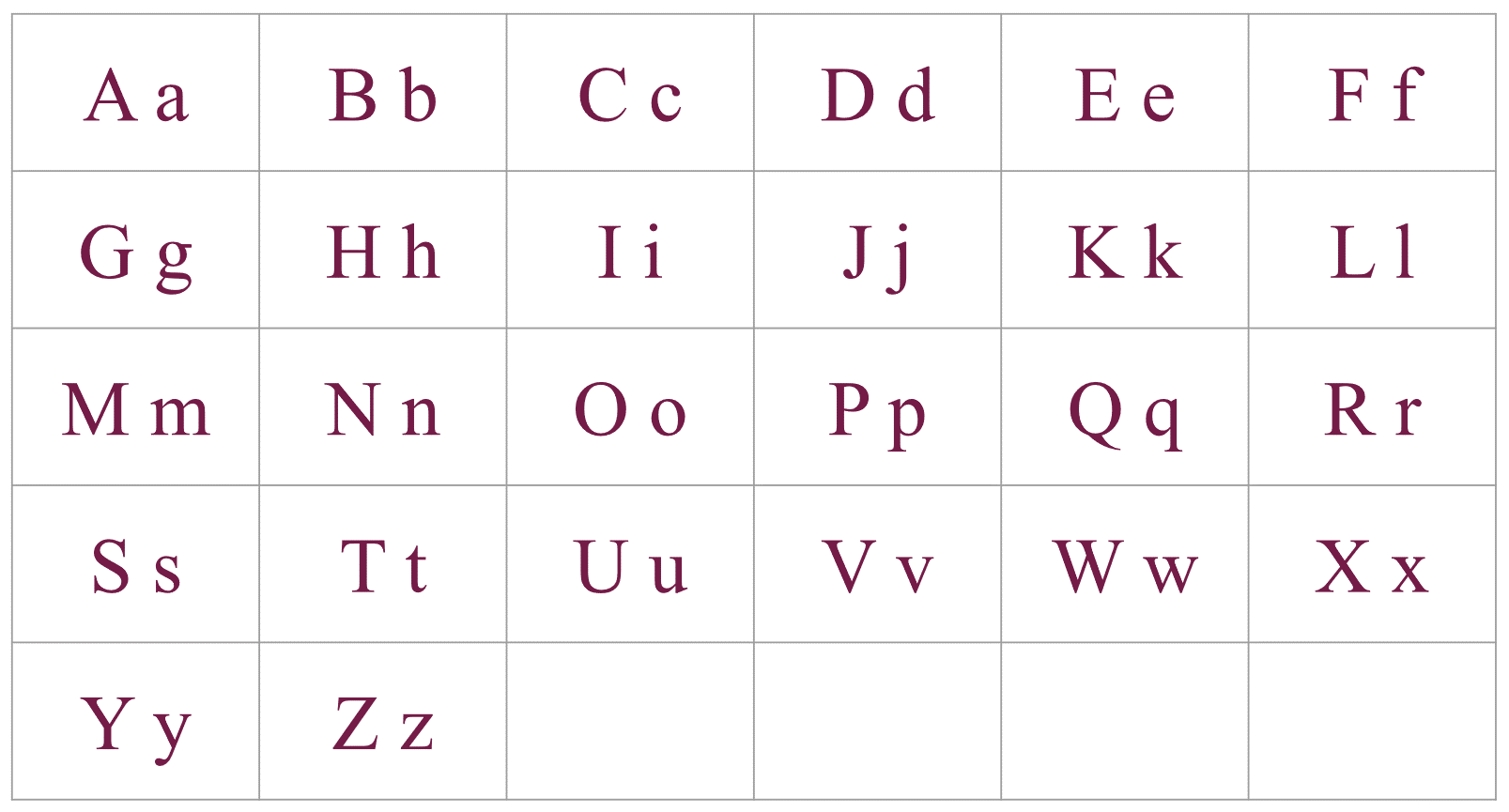
| This is the alphabet and in English, we only use twenty-five letters. Unlike the Spanish alphabet, this one does’t have the letters “ñ” or “ll”. But as in the Spanish alphabet, this one also has five vowels. Let’s see what the letters’ names are. But how can we relate the alphabet to the questions we were making? That is the next step. What is your name? And how do you spell it? |
Este es el abecedario y en inglés únicamente utilizamos veinticinco letras. A diferencia del abecedario en español, éste no tiene las letras “ñ” o “ll”. Pero como el abecedario en español, éste también tiene cinco vocales. Veamos cuáles son los nombres de las letras. ¿Pero cómo podemos relacionar este abecedario con las preguntas que estábamos haciendo? Ese es el siguiente paso. ¿Cómo te llamas? ¿Y cómo lo deletreas? |
Puedes buscar las letras de tu nombre en la imagen del abecedario.
| We used two Wh questions: “What is your name”? And “How do you spell it? Do you like spelling games? Excellent, because that is our next activity. Here we have a roulette: |
Usamos dos preguntas: ¿Cuál es tú nombre? y ¿cómo se deletrea? ¿Te gustan los juegos de deletrear? Excelente porque esa es nuestra siguiente actividad. Aquí tenemos una ruleta: |
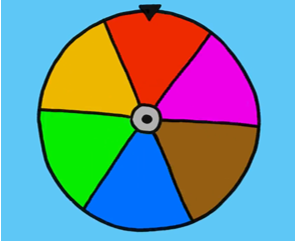
| Each color belongs to one word and your job is to spell that word. | Cada color corresponde a una palabra y tu trabajo será deletrear esa palabra. |
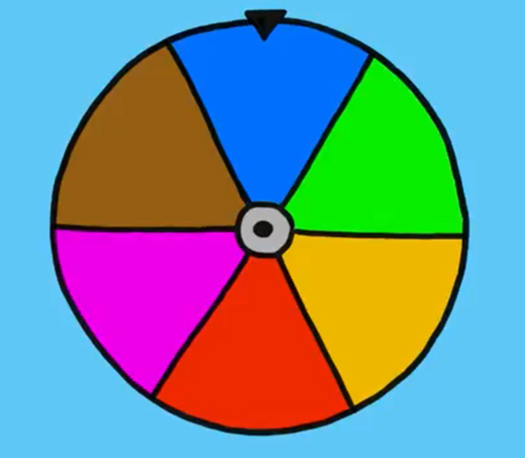
Fuente: https://drive.google.com/file/d/1IOU3q0tcYrqEHavFWCgzoK7ROrk7Ez0b/view?usp=sharing
BOARD
| How do you spell this word? | ¿Cómo deletreas esta palabra? |
D
R
A
O
B
| Excellent. Next word. | Excelente. Siguiente palabra. |
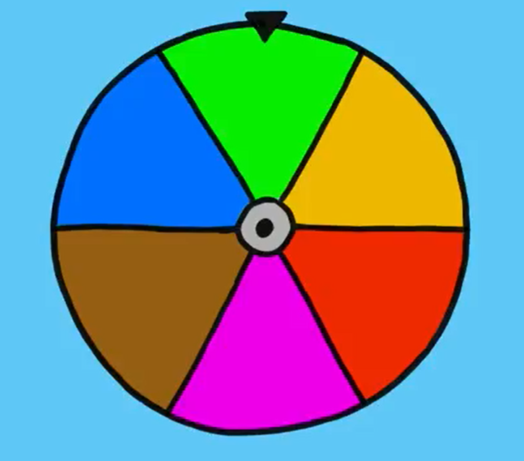
Fuente: https://drive.google.com/file/d/1ZLH-sG4V_Qgi1nNSeb0RKt0jRdjzrnSD/view
DOOR
| How do you spell this word? | ¿Cómo deletreas esta palabra? |
R
O
O
D
| Good job! Next word. | ¡Buen trabajo! Siguiente palabra. |
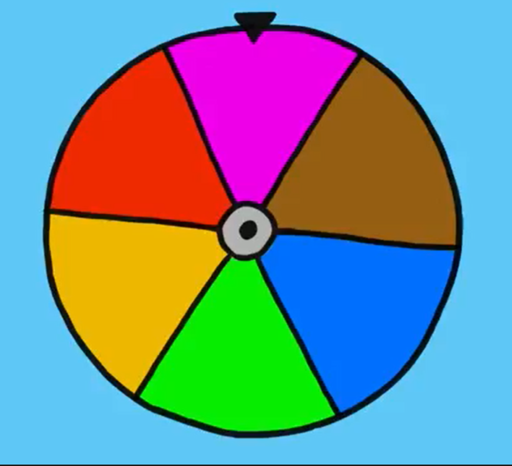
Fuente: https://drive.google.com/file/d/1nE0jY05kB8s8CIG_a0VKKbgO_rqQgdhM/view?usp=sharing
BOY
| It’s spelled: | Se deletrea: |
Y
O
B
| Yes, that’s right! One more. | Sí, eso está muy bien. Una más. |
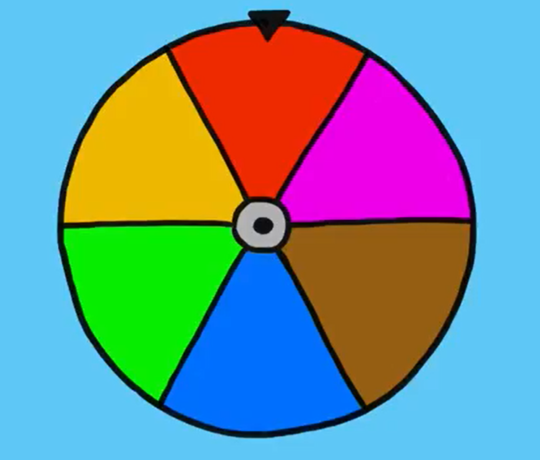
Fuente: https://drive.google.com/file/d/1CZRvR6LRHGjimguFZIoVm1V7nBf26PnU/view?usp=sharing
DESK
| It’s spelled: | Se deletrea: |
D
K
S
E
| Excellent job! This is a good opportunity to review the colors. For example: What is it? It is a chair. What color is it? It is red. |
¡Excelente trabajo! Esta es una buena oportunidad de repasar los colores. Por ejemplo: ¿Qué es? Es una silla. ¿De qué color es? Es rojo. |
Puedes practicar lo anterior con imágenes o algunos objetos que se te ocurran y con ayuda de algún familiar.
| You can write an example and share it with your teachers. | Puedes escribir un ejemplo y compartirlo con tus maestras y maestros. |
Puedes realizar un juego con la ayuda de tu familia, en el cual revuelvan las letras de los nombres de los colores y tú los órdenes para adivinar qué color se forma con esa palabra. Y formar un enunciado donde uses esa palabra.
| For example: | Por ejemplo: |
E
T
W
I
H
| What color can you make with these letters? | ¿Qué color puedes formar con esas letras? |
WHITE
| Can you give an example of a sentence where you use “white”? Snow is White. |
¿Puedes darme un ejemplo de una frase donde se use la palabra “white”? La nieve es blanca. |
¿Qué color puedes formar con esas letras? |
W
R
N
B
O
| What color can you write with those letters? | ¿Qué color puedes escribir con esas letras? |
BROWN
| Can you give an example of a sentence where you use “brown”? I have brown eyes. Before we leave, let’s remember some of the topics we learned today. You talked about Wh questions and how to use them. We also reviewed the alphabet and how to spell words. We also reviewed the colors. It’s time for us to leave now. On behalf of all the team of English teachers that work in Aprende en Casa, we want to wish you good luck in this new school year. |
¿Puedes darme un ejemplo de una frase donde se use la palabra “Brown”? Yo tengo los ojos cafés. Antes de irnos, recordemos algunos temas que aprendimos hoy. Hablaron de las palabras interrogativas y cómo usarlas. También revisamos el abecedario y cómo deletrear palabras. También revisamos los colores. Es tiempo de irnos por ahora. En nombre de todo el equipo de maestras y maestros de inglés de Aprende en casa, queremos desearles la mejor de las suertes en este nuevo ciclo. |
See you soon! / ¡Nos vemos pronto!
¡Buen trabajo!
Gracias por tu esfuerzo.